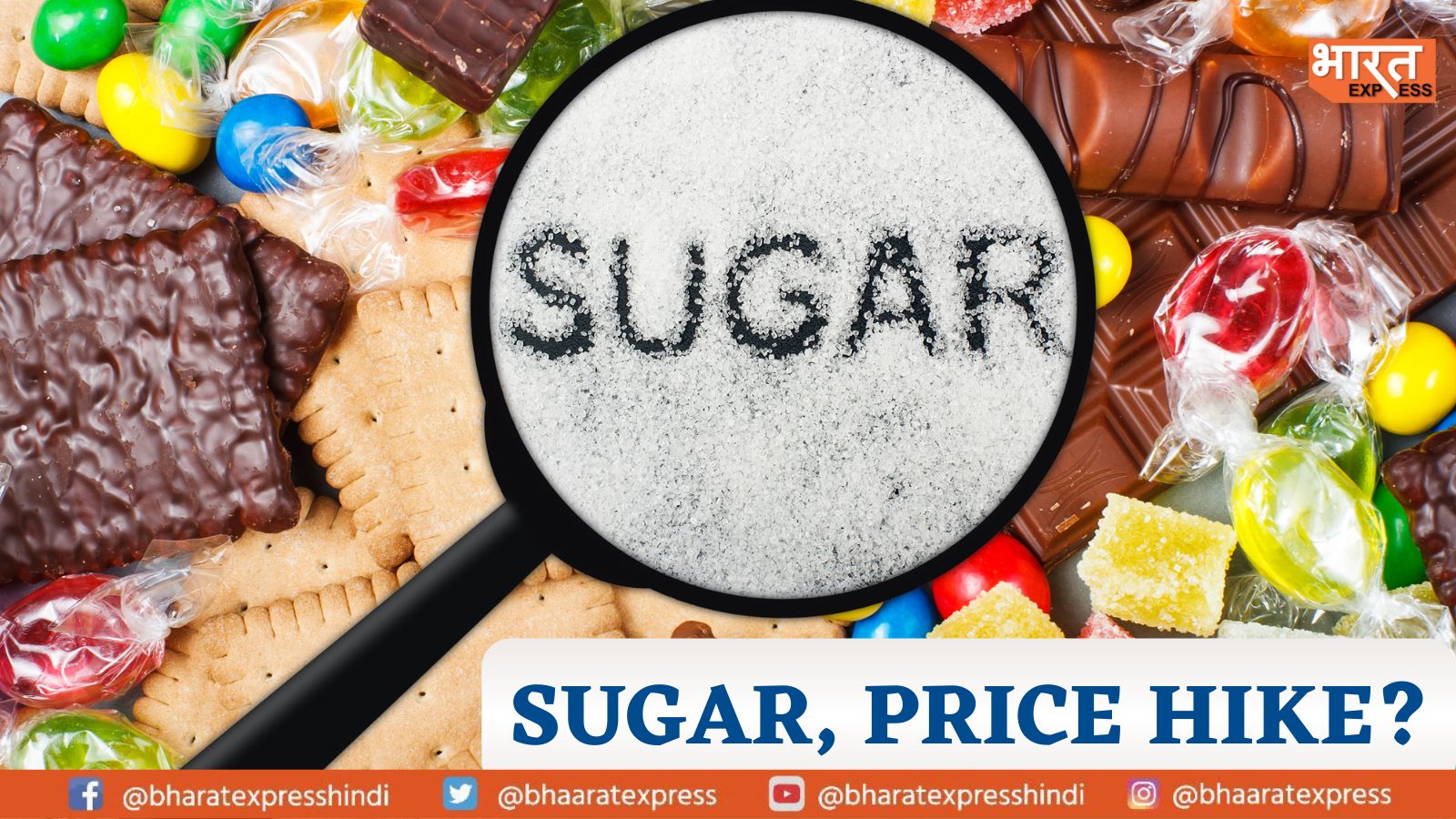
From the festive season to good news, sweets and sugar are a major part of ritual. Not only this, but from their morning cup of tea or coffee to their favourite shake, people are using tonnes of sugar in their homes.
But do you know that now you have to pay more to have all of this in your daily routine? Yes, it’s true because the price of sugar has increased. This week Sugar price have surged to the highest and raw ingredient have touched its 6 years high.
After Brazil, India is the second-largest producer of sugar, in which Uttar Pradesh, Maharashtra, and Karnataka account for nearly 80 percent of the total sugar production in the country. Due to the heavy rainfall in India, the government has diverted the raw material into biofuel, which is directly tightening the global supply chain.
Sugar export jumped 65% in 2021-22 corresponding to previous year. The growth was achieved despite logistical challenges posed by the COVID-19 pandemic, such as high freight rates, container shortages, etc.
India is the major sugar exporter, exports million of tones every year:
2019–20: India exported sugar worth USD 1965 million.
2020-21: Exported USD 2790 million
2021-22: Exported USD 4600 million
According to sources, India exported 11 million tonnes of sugar last year, but the expected quantity of this year’s export is 6 million tonnes and can even reach 4 million tonnes. Additionally, it will directly impact the market supply chain, by which we can directly make a prediction that next year (2023–24) there will be a global shortage of sugar, which in turn will cost more in your pockets.
In contrast to earlier projections of 35.2 million tones and 35.9 million tones a year earlier, the food ministry now anticipates a decrease in national production to 33.6 million tones in the current season.
Although it’s too early to estimate India’s output for the season beginning in October, forecasts range from 32 million to 34 million tonnes, with the possibility of an even smaller crop if El Nino delivers dry weather, according to traders and analysts. A 32 million tonne production would result in a 4 million to 4.5 million tonne exportable surplus.
To read more such news, download Bharat Express news apps






















